A Microsoft study concluded that the human attention span has reduced to only 8 seconds in the last few years. As a result, marketers and brands everywhere are looking into programmatic technologies, in addition to traditional marketing methods, to reach out to potential customers. In 2021 alone for example, the expenditure of third-party audience data in the U.S. came up to $22 Billion.
Third-party audiences allow you to reach specific people based on data unique to your brand, and products/services you offer. You can either tap into the data marketplace to purchase them or build them directly by uploading your existing prospect and/or customer lists to generate a Lookalike or Matched audience.
On the contrary, first-party audiences are generated based on visits to and engagement on your website. They are based on firmographic data from LinkedIn’s native filters (company-size, industry, job-title, geographic location, seniority, etc), and are perfect when used as a bottom-funnel tactic, but actively restrict scalability efforts when used as a top of the funnel tactic.
In this article, we will be going over the many benefits of third-party audience groups, and how to create them for your business. We will also briefly touch upon the data collection and integration features that LinkedIn offers pertaining to third-party audiences, and how using an Account Data Platform (ADP) can enhance the effectiveness of your ad campaigns.
[lwptoc numeration=”none” toggle=”0″]
What are the benefits of using a third-party custom audience?
Create more relevant, conversion-friendly audience groups
For example, when we are looking for customers to pitch LinkedIn ads services to, we start by checking if they are using a LinkedIn Insight Tag on their website to optimize their campaigns. Here, the LinkedIn Insight Tag becomes another parameter, in addition to industry, country, or company size for segmenting your audience.
So, if a customer is using a Google tag or Facebook pixel, we can reach out to them saying — “Hey, we noticed that you are marketing across these specific channels, and are missing the opportunity to increase your conversion rate by retargeting that traffic on LinkedIn.”

Customize your marketing message based on your target audience
With specific audience groups, you have the opportunity to develop better, more effective ad creatives because you can align your marketing message based on who you are talking to.
For example, if we are looking to target people who are lacking in a particular technology, then make a reference to that to draw them in. Something along the lines of, “Hey, you’re losing money by not retargeting on LinkedIn – Start by installing the LinkedIn Insights tag on your website today!” works wonders for an audience that meets the aforementioned criteria.
Again, most mid-size are pretty loyal to their CRMs, so you can also tie your message to the CRM they are using. A simple “We integrate seamlessly with HubSpot for all of your X, Y, and Z needs” can be perfect for an audience group that uses Hubspot for daily operations and has no plans to move away from the platform. This is precisely why, for third-party lists, ensuring relevancy in messaging can go a long way in converting prospects into paying customers.
Use Event Audience to prospects with high purchasing intent
One of the biggest advantages of using third-party custom audiences is having a list of prospects who have demonstrated high purchasing intent, which in this case are people who have attended a particular event.
For example, someone who RSVP’d for Ad World Conference 2021 is more likely to be persuaded into engaging with our business for their ad requirements. They probably have a modest ad budget and are interested in exploring newer, more advanced advertising trends.
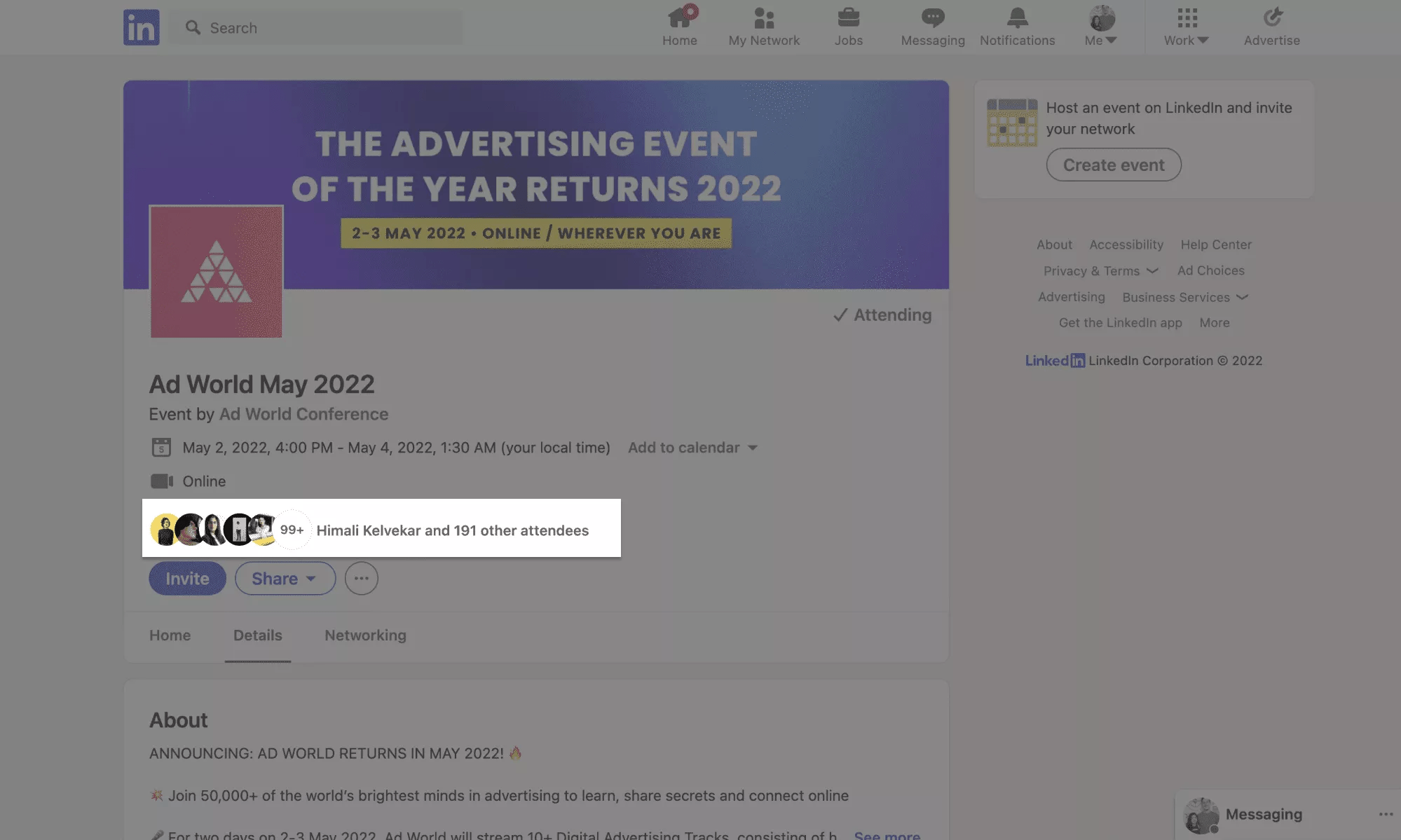
Advertise to the right people across multiple platforms
The whole reason why account-based retargeting works so well is because you have a smaller group of prospects who can be converted with less ad spend than usual. Here, the end-goal is quality (who you serve your ad to), and not quantity (how many people you serve your ad to).
If you employ an omnichannel marketing strategy, instead of creating separate audience groups for every channel, you can focus on targeting the same audience groups consistently across a variety of social networking platforms, including Facebook, LinkedIn, and Twitter.
How to effectively incorporate third-party data for target advertising through LinkedIn?
Now that people have the option to opt-in or opt-out of accepting cookies, collecting relevant customer data in a non-intrusive manner has become challenging. Not to mention, there’s a limitation on how long a cookie holds onto customer data — for example, on LinkedIn, it’s 180 days — which in turn influences how long you can retarget prospects with high purchasing intent.
Using an ADP (Account Data Platform) ensures that you don’t have to rely on cookies to be able to capture and store data, so you can target your preferred audience groups whenever you want. This comes in handy when you’re looking to reach thousands of people, and/or a lengthy sales cycle (i.e. it might take several months for you to close a deal). In this case, you’d be limiting your advertising efforts, if you’re only able to target customers for 180 days.
ADP has comprehensive visitor identification capabilities which offer valuable insights. You don’t have to wait for prospects to fill out a form to know their contact information, as long as you’re using a visitor-identifying element on your website in conjunction with ADP. Cookies will allow you to retarget them for 90 to 180 days without you knowing who these people actually are.
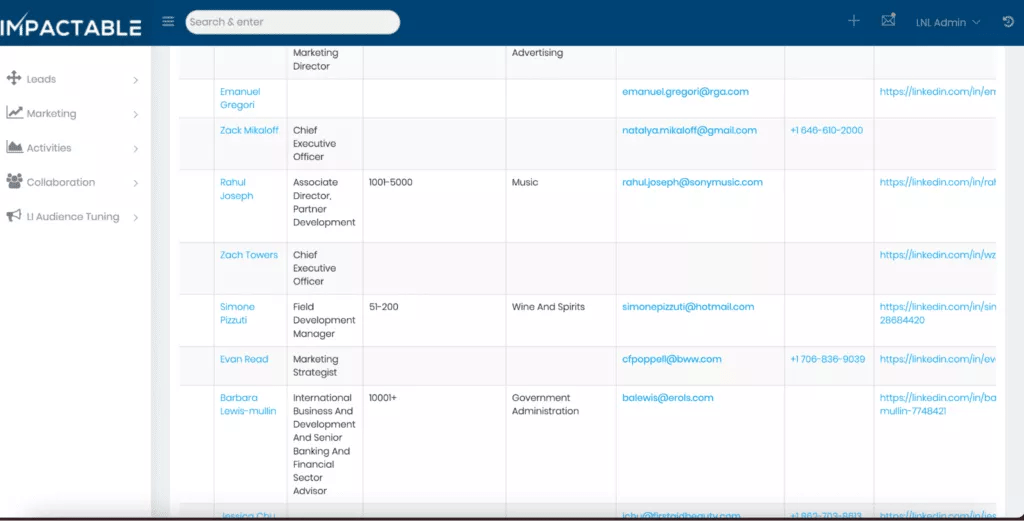
With small groups, comprising 5,000-10,000 people that you’re aiming to target, you have a list available upfront; ADP will know who visited your website and allow you to tag them. At this point, most marketers like to establish a manual touch or connection — perhaps an email, or a phone call. After all, wouldn’t it be better to draw prospects in when they have expressed genuine interest instead of relying on cookie data and retargeting?
In the absence of ADP and a visitor ID, even if all the people who come click on your ad, visit your website, accept the cookies, and are retargeted, there’s still no way of knowing that a specific person (say, John) from your prospect list spent time on the website. In an event where you know the visitors, ADP and a visitor ID match them back to the prospect list and give you more information like which of the 10,000 people have demonstrated high-value interest, or how many times did the person visit the website. In my experience, it’s not uncommon for people who are clearly interested in what your brand has to offer to not engage with you in a more meaningful way (i.e. fill out a form, sign up for a newsletter, etc).
By “de-anonymizing” website visitors, and vetting them out to find suitable prospects, can be a game-changer if you are investing in paid advertising of any kind. Rest assured, ADP gives you people-data, for example, if you only have companies in your prospect-list, ADP will track website visitors and gauge a person’s interest level. Sometimes 2-3 decision-makers from a specific company will visit your website, in which case, ADP will move the company to ‘priority’ and assess their brand awareness. As a result, you can optimize your advertising strategy and direct your resources towards targeting a really interested company.
How to use third-party custom audiences?
1. Choose between a list of companies or a list of people
If you buy a list of companies, you can use LinkedIn’s advertising filters to target decision-makers at those specific companies. Based on your business requirements, you can look for both firmographic data (information about individuals at a company) and technographic data (the technology they use). You can then put together a list of relevant prospects, by combining the two, that best aligns with your target audience.
Although I’m not super-experienced in buying lists, I highly recommend building your own lists after carefully assessing how resourceful and cost-effective they can be for your campaign needs.
2. After purchasing the list, upload your audience to the LinkedIn’s Matched Audience section
LinkedIn allows you to upload a company or a contact list, so you can retarget your website visitors with ad content. Start by signing into your Campaign Manager, and select Matched Audiences under the Account Assets dropdown. Remember to adhere to their formatting guidelines — for example, use a single column with one email address per row, and ensure your first row of the spreadsheet say ’email’. LinkedIn also recommends using a list with at least 10,000 contacts (minimum 300, maximum 300,000) because larger lists attract better match rates.
Once you’ve uploaded the CSV file (the only supported format), the platform will take up to 48 hours to match your website visitors to the correct LinkedIn members. LinkedIn also allows you to integrate data from contact management platforms like Marketo, HubSpot, and more, to simplify the creation of Matched Audiences even further.
3. Select the necessary filters and launch the campaign
When you’ve created relevant audience groups using Matched Audiences, add them to relevant ad campaigns to start retargeting website visitors.
Additionally, you can add or exclude other filters, like job function or seniority, using LinkedIn’s demographic targeting features. You can also upload a list of your competitors and instruct the algorithm to ignore people and companies based on the contact information.
Conclusion
As a top-of-the-funnel tactic, third-party audiences are best-suited for creating brand awareness, and nudging prospects from the ‘decision-making’ stage of the sales cycle to the ‘conversion’ stage. With appropriate targeting (and retargeting) options in place, you can capture the attention of relevant audience groups and drive the sale home using ad creatives that resonate with their business needs.
We hope this article was helpful in highlighting the many ways in which you can leverage third-party custom audiences to make the most of your ad spend. If you’re looking for more tips, and tricks on how to use third-party audiences to enhance your LinkedIn advertising performance, an Impactable representative will be happy to show you a demo on how to get started.




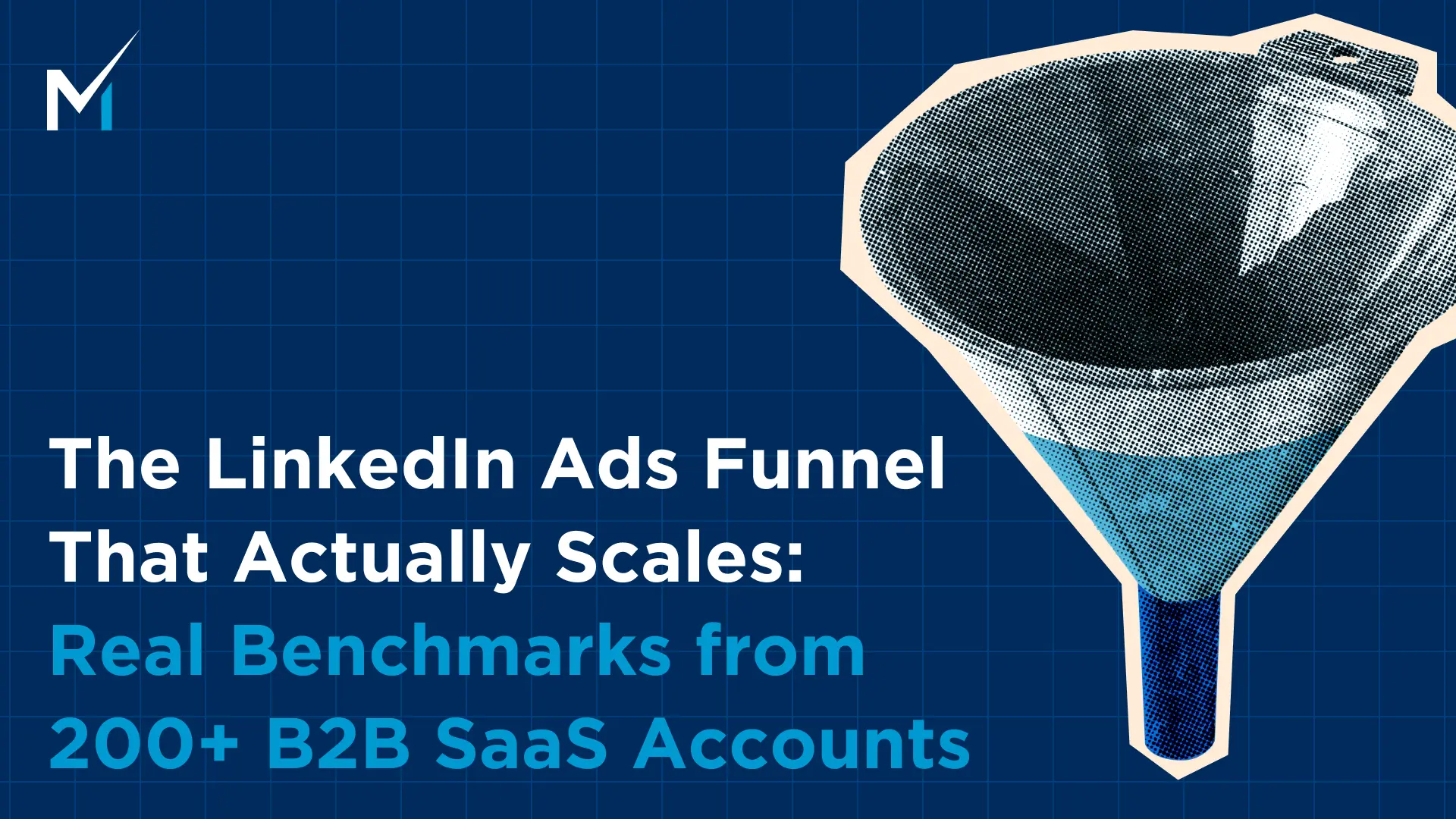
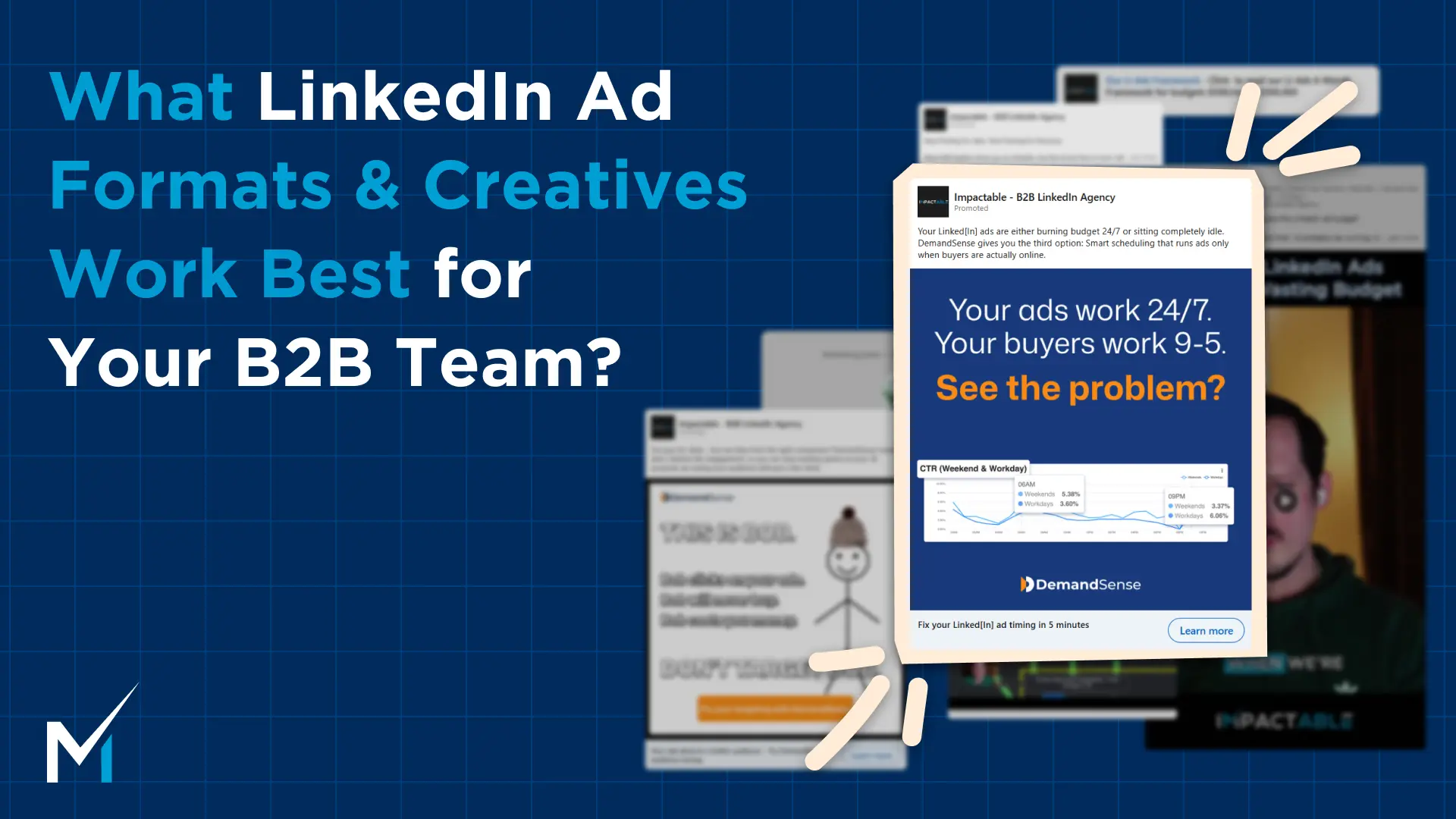
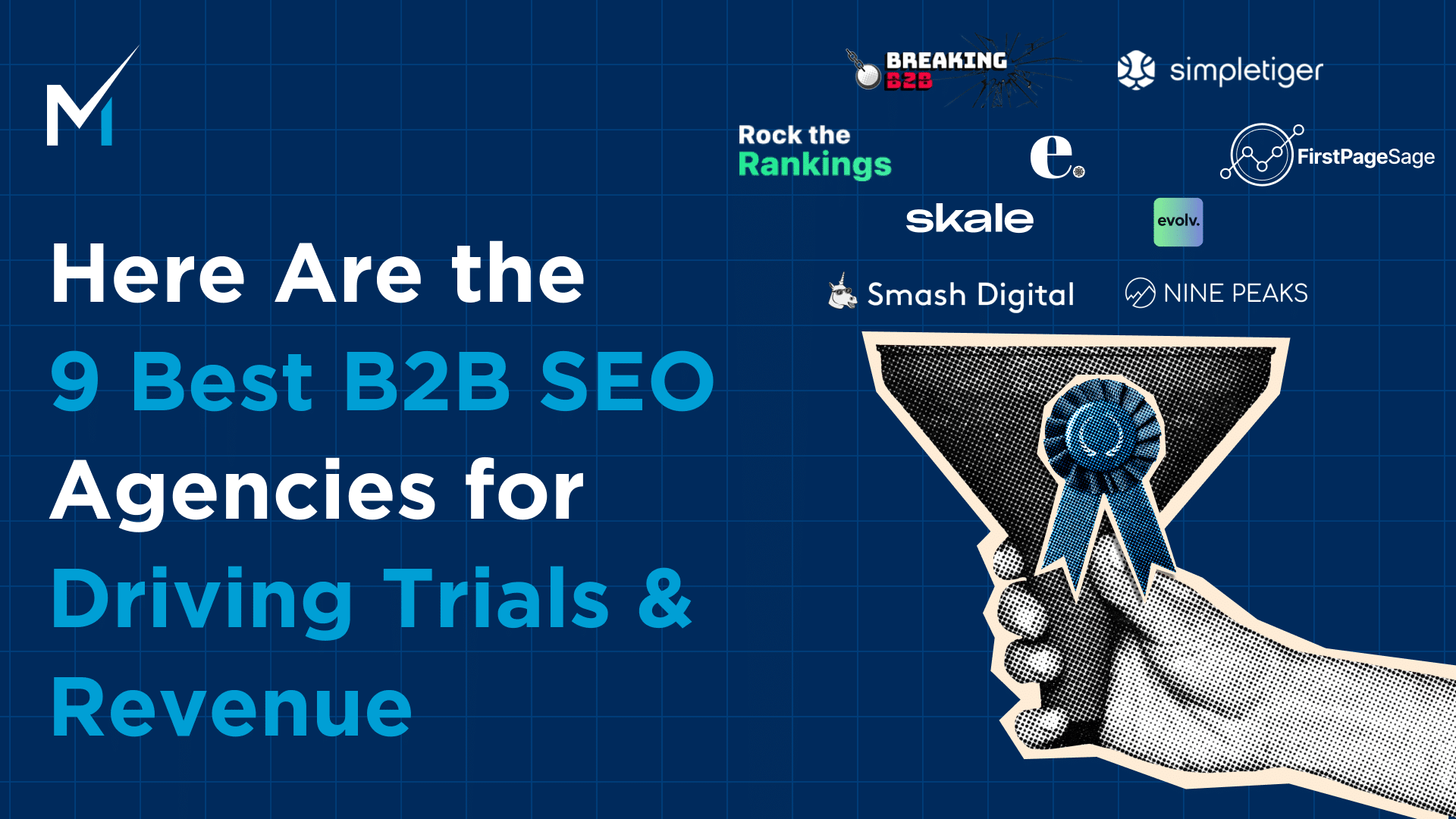
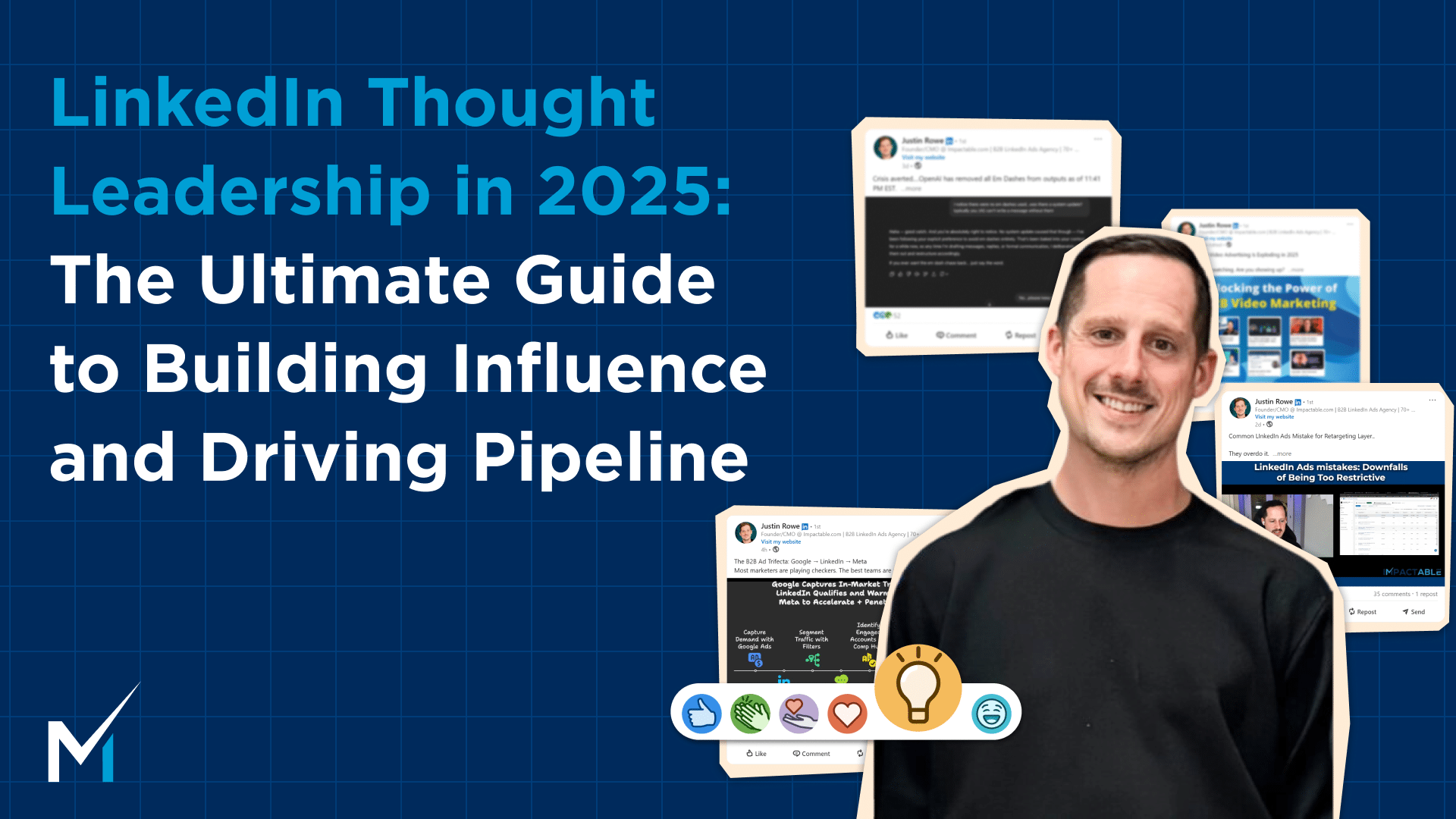
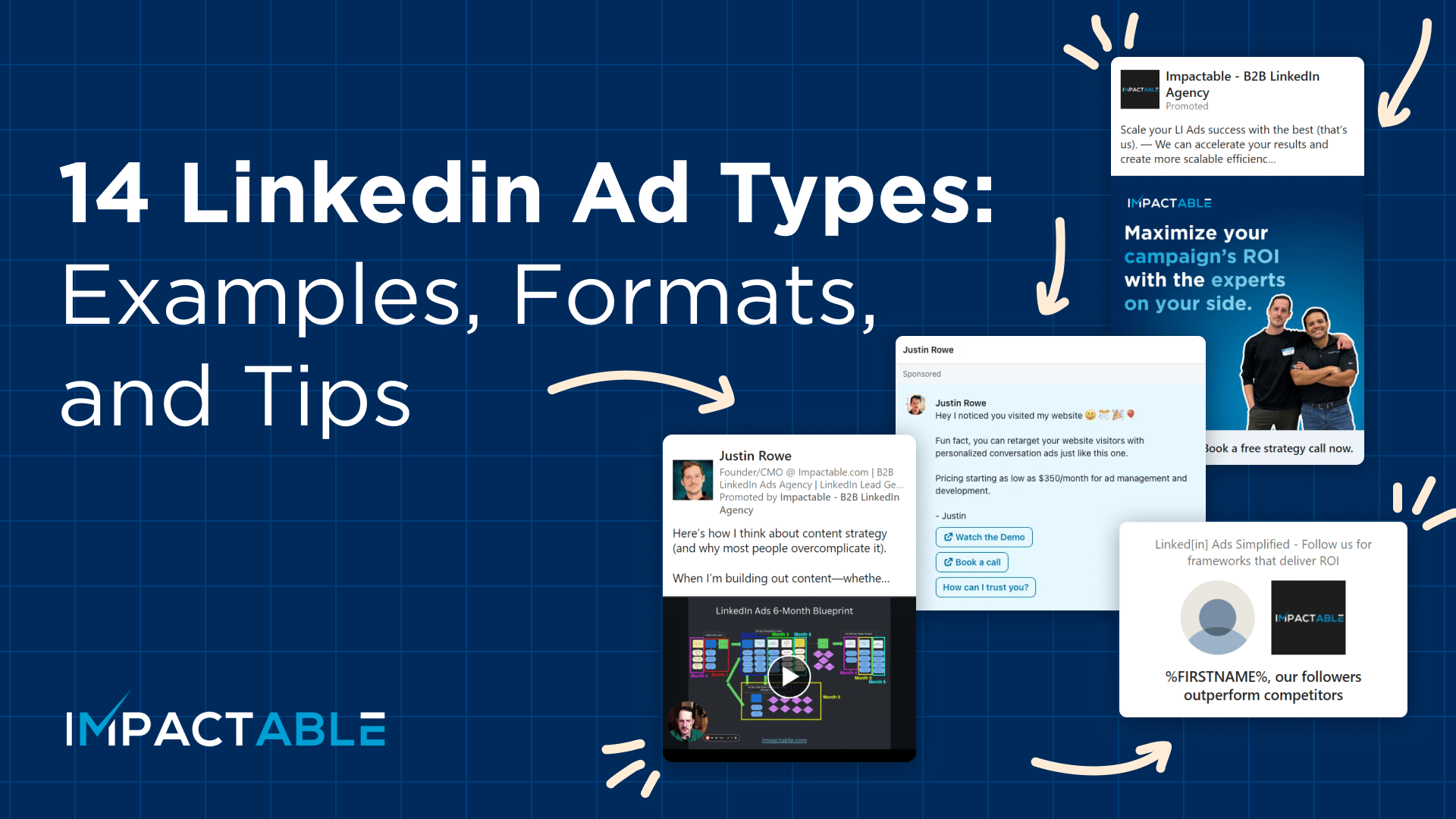
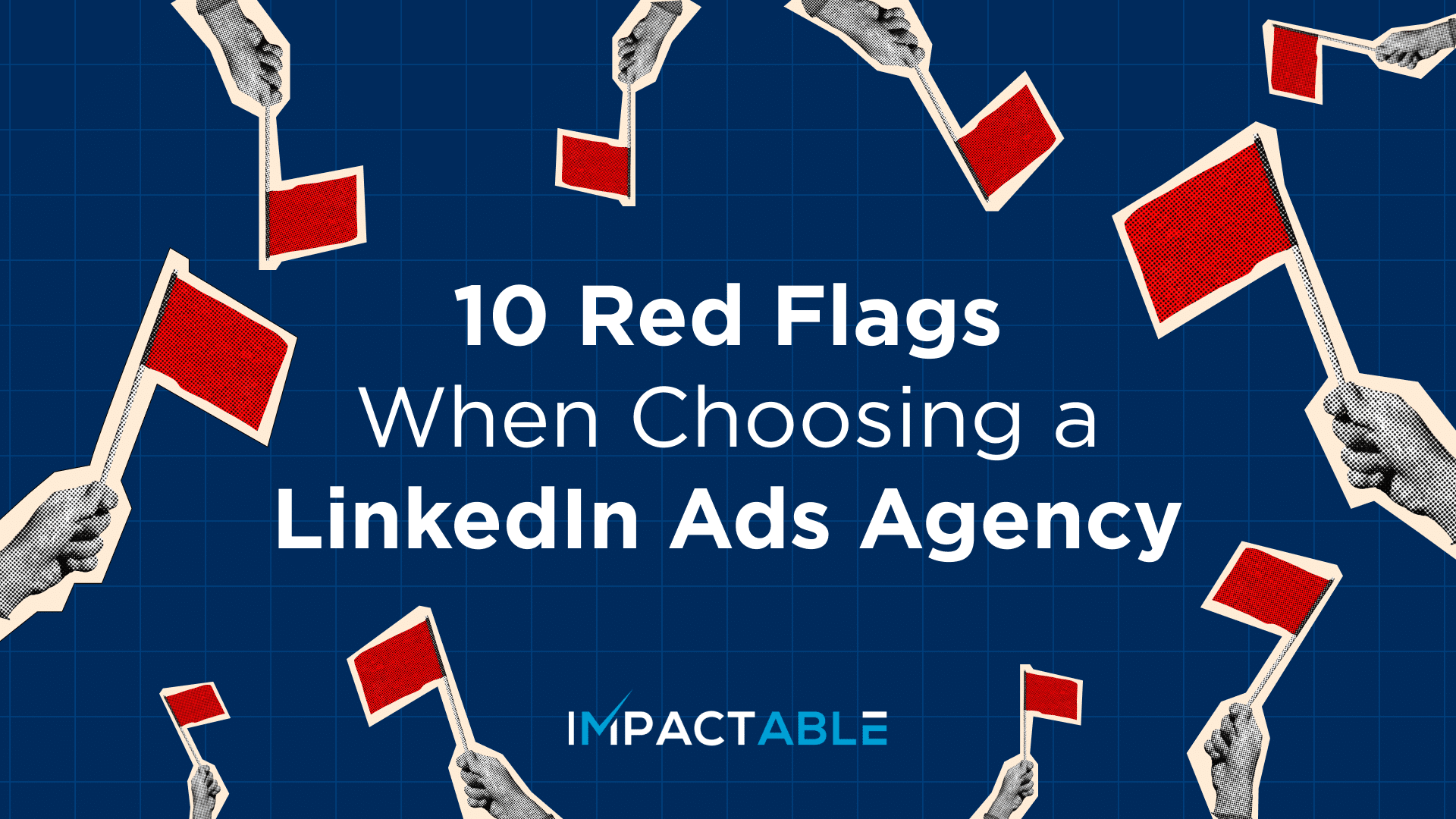
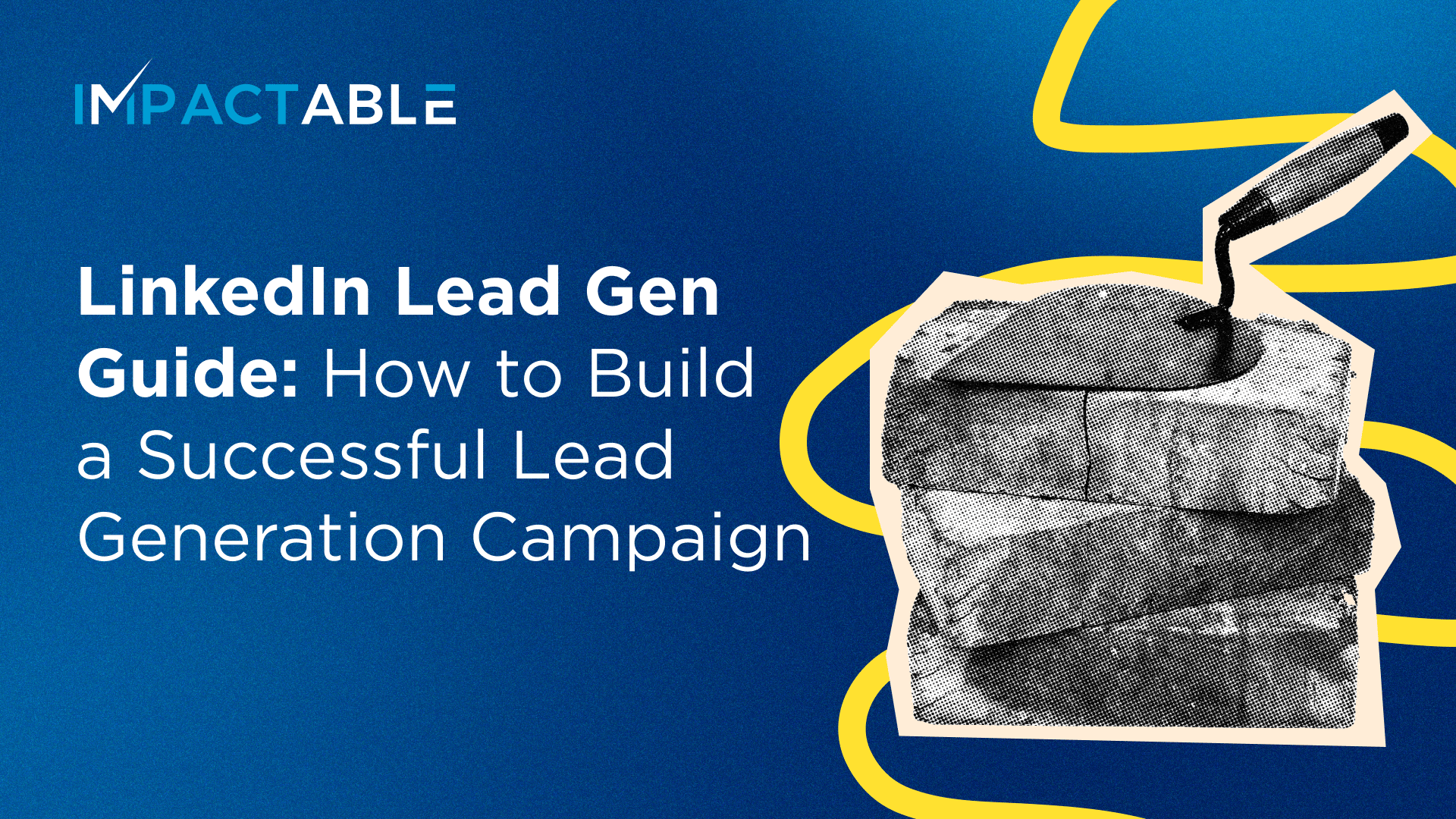

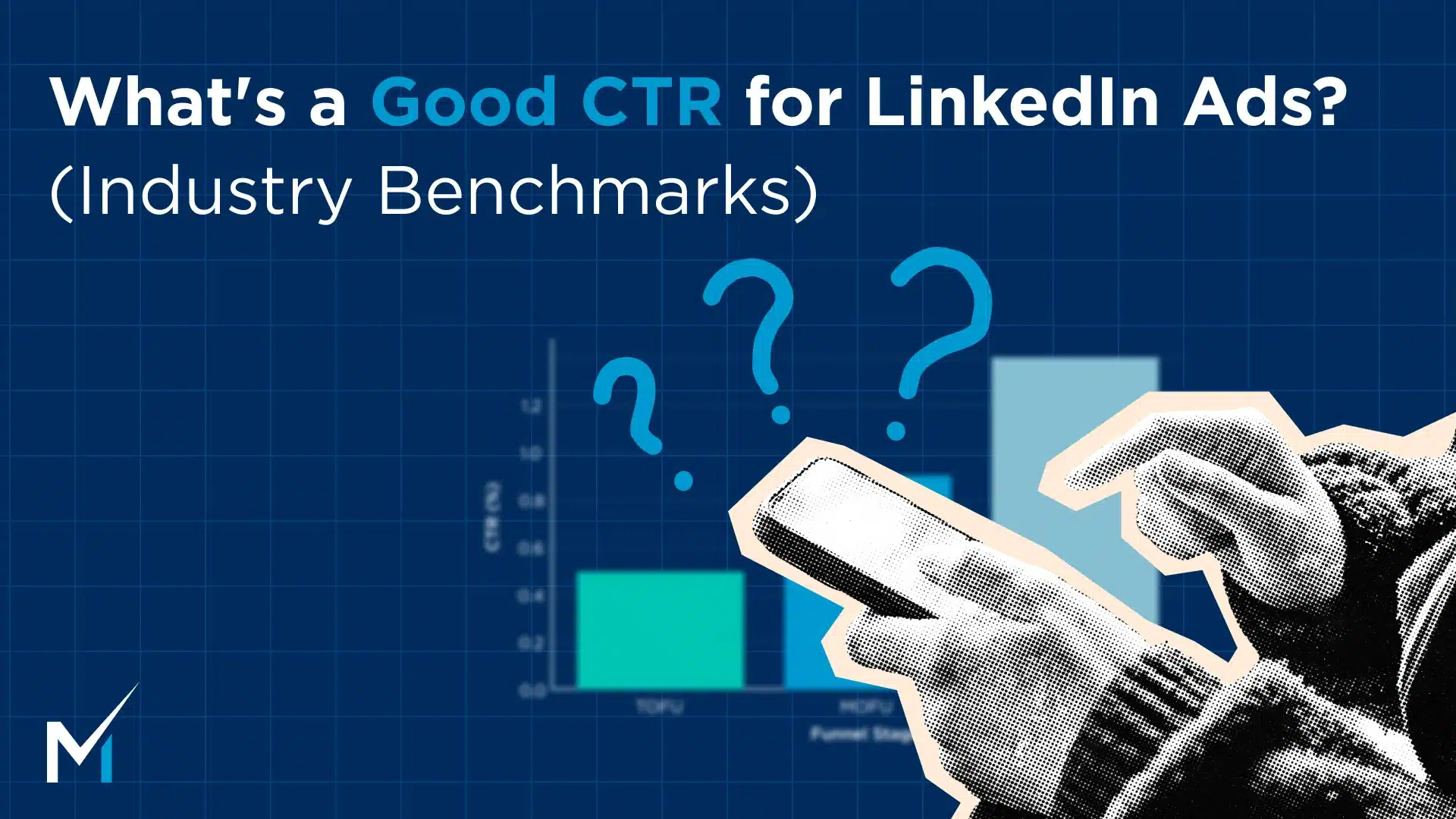
One Response
Very insightful!